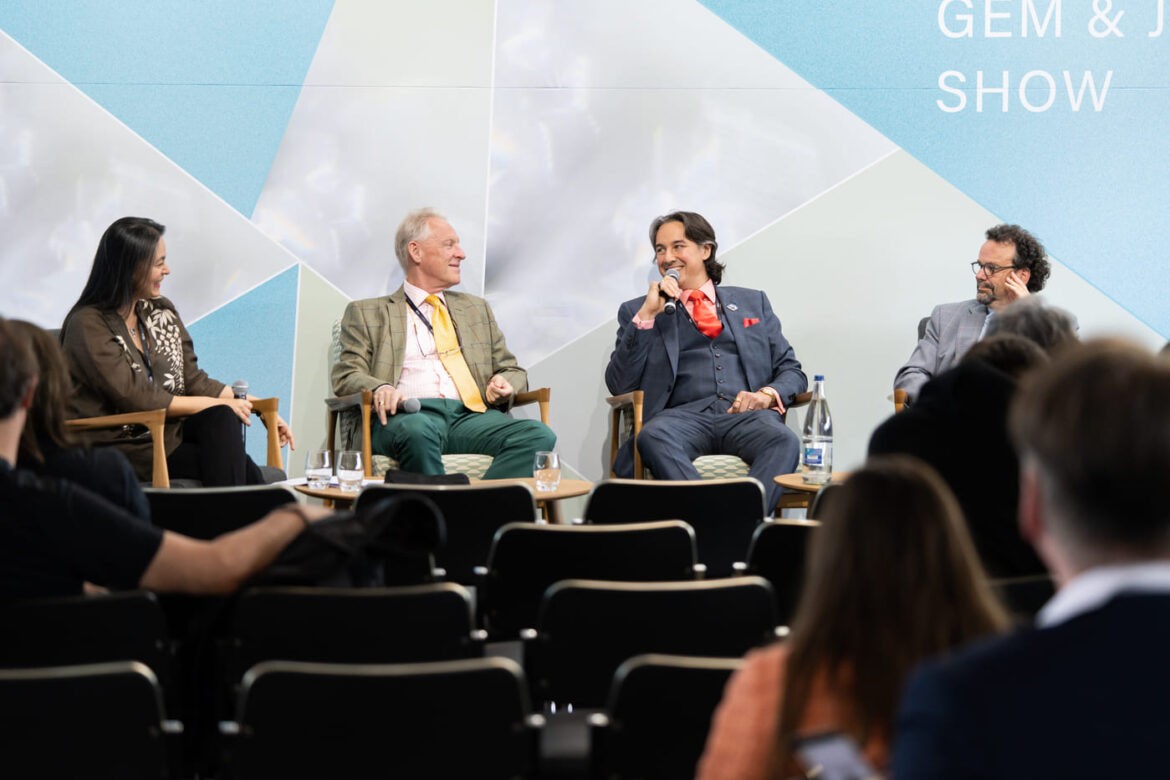The necklace: from antiquity to the present
Speaker: Amanda Triossi This talk will introduce the readers to the stylistic development of the necklace – from its origins to recent times. Through this overview the readers will not only appreciate the extraordinary stylistic development of the necklace, which is linked largely to the changes of fashion, but ...



